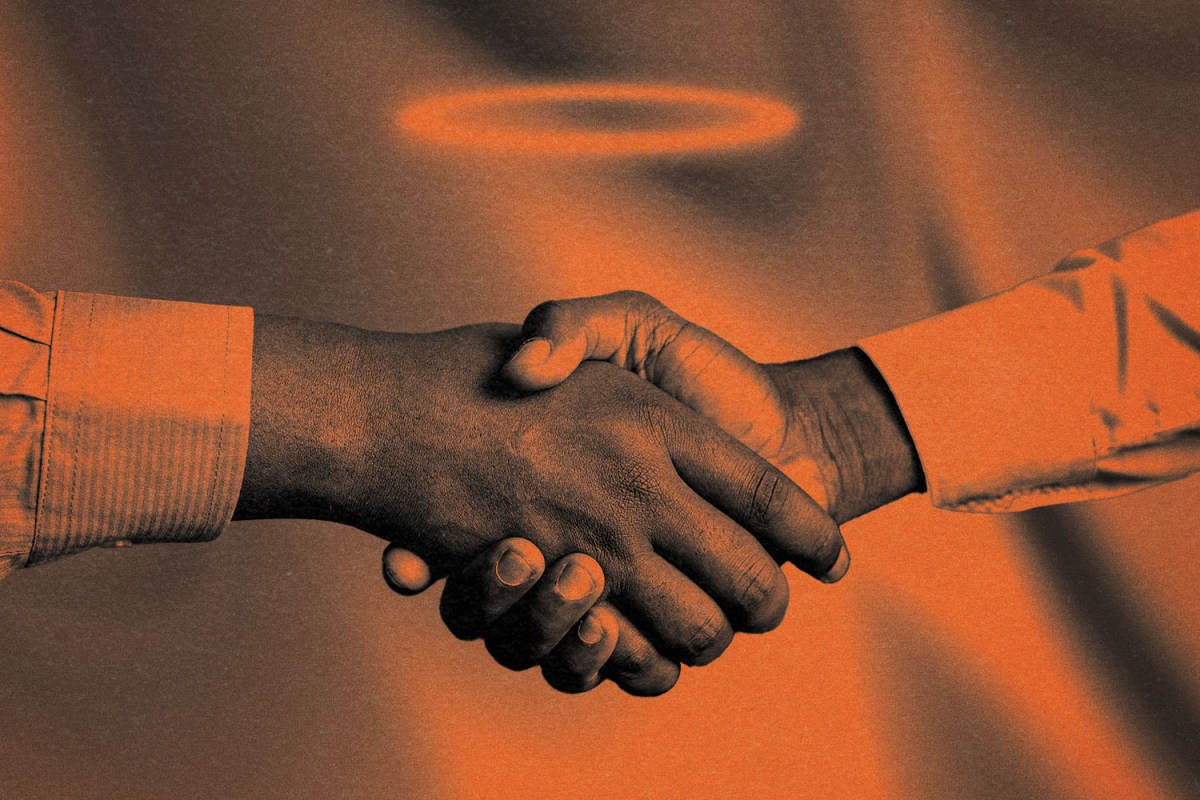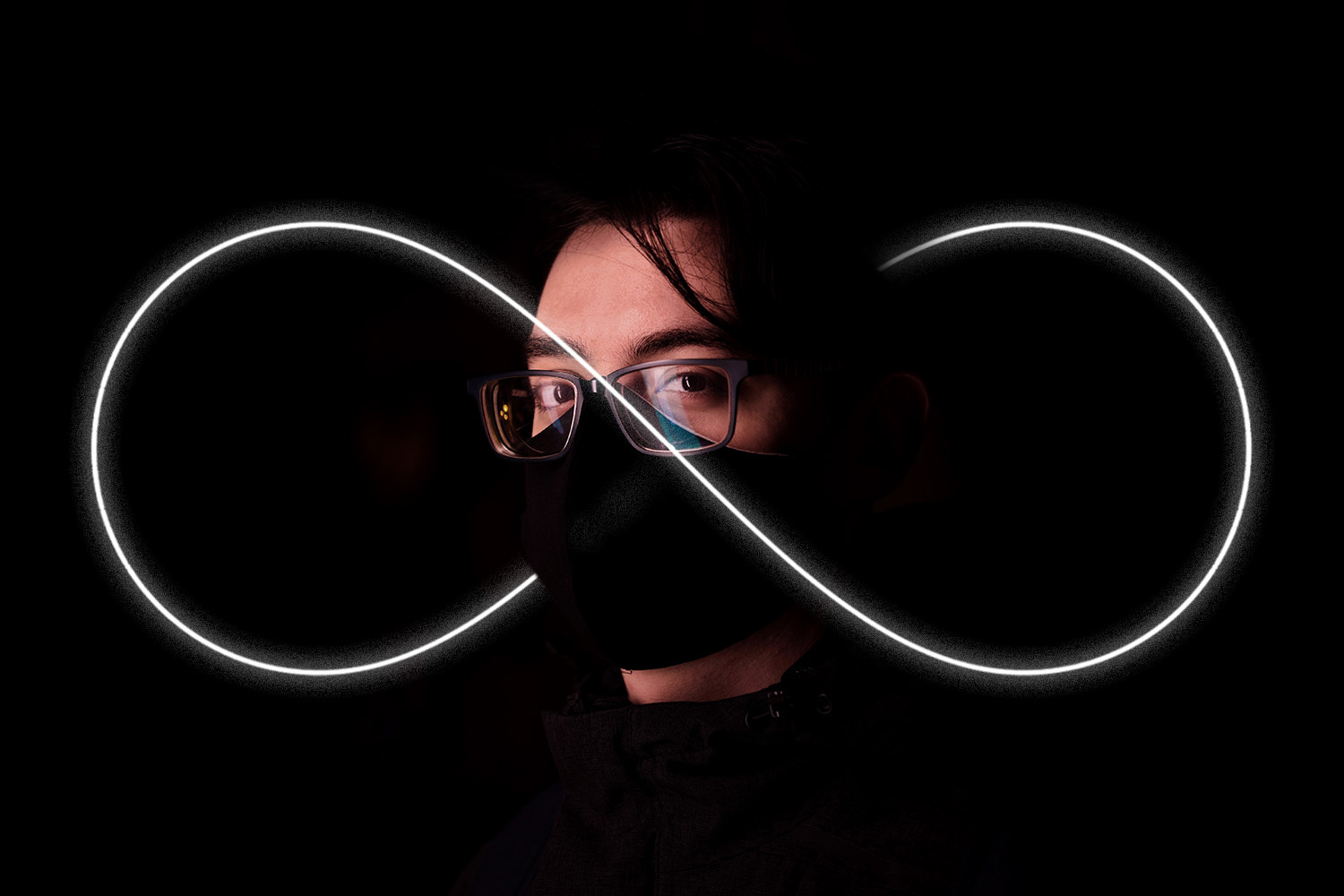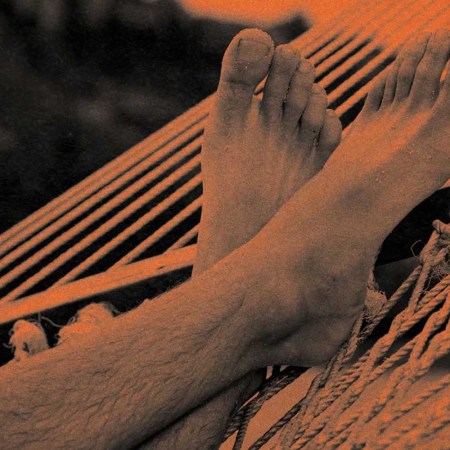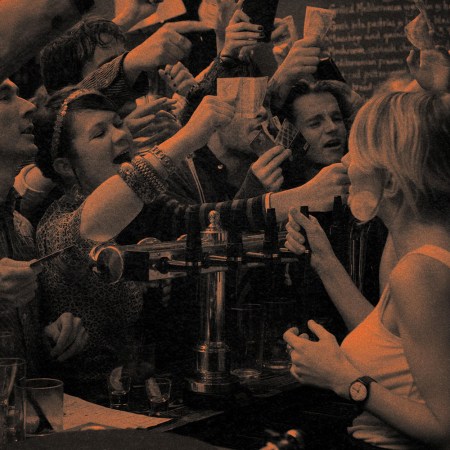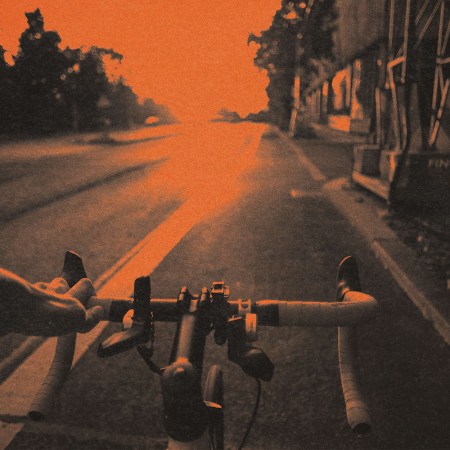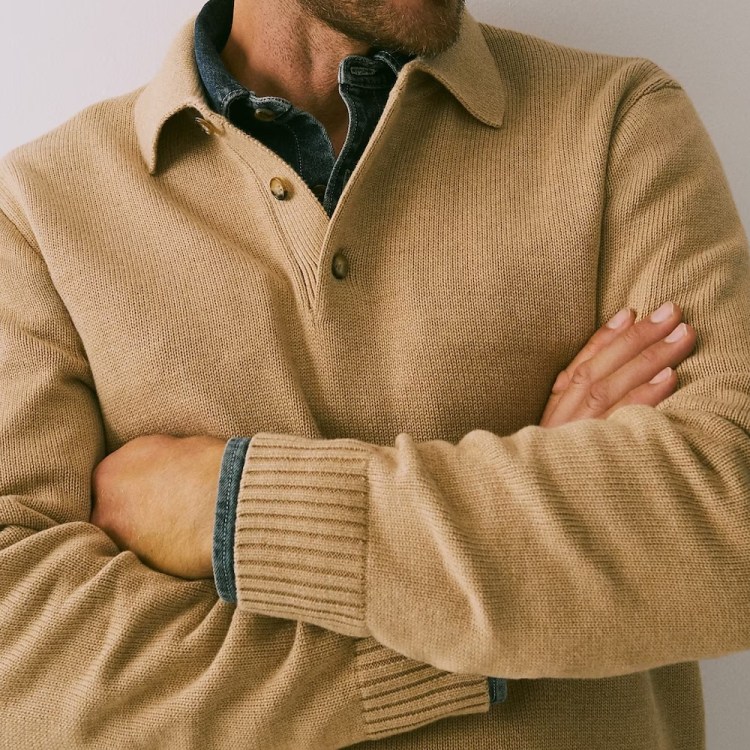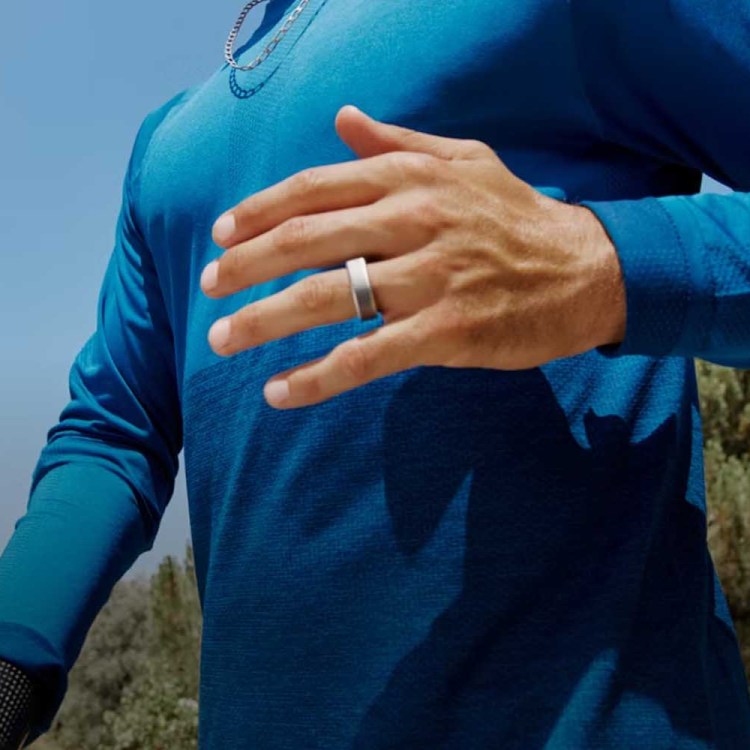At some point this year — probably June or July, according to most state legislators — coronavirus restrictions will ease and we will all re-emerge, like bears from their slumber, into polite society. To help you readjust, we’ll be sharing some advice on grooming, fitness, getting dressed in something besides sweatpants (but also sweatpants), how to manage your stress and mental health, dating, concert and bar etiquette, and more.
At the beginning of 2020, back when the headlines out of Southeast Asia were growing increasingly bleak and office support staff were putting complimentary Purells on desks, I interviewed a prominent scientist about something that had nothing to do with COVID-19.
At the end of our hour, because it seemed like too good an opportunity to pass up, I asked for his anonymous take on the virus. He said we were probably looking at a once-in-a-century pandemic, and, among other things, mentioned he wouldn’t be surprised if people stopped shaking hands.
I chuckled — not because I knew any better, I was just in shock — and proceeded to think about that quote constantly over the next few weeks as workplaces closed down, travel bans were imposed and hospital beds started filling up. In a matter of weeks, that upsetting, bizarro-world prognostication started to make a lot of sense. In a matter of months, during the deepest throes of quarantine, it felt inevitable.
Now, though, almost a year and a half later, I’m not so sure. As double vaccinations have tallied, pre-pandemic customs have eagerly returned. Some are very welcome, like visiting the grandparents or booking concert tickets. Others, like all-you-can-eat buffets or the middle seat on flights, not so much. (As someone who just took a red-eye back from California and couldn’t sleep a single minute, let me assure you — it’s back.)
Then there’s something like the handshake, which is neither roundly beloved nor reviled, but simply a practice that’s been instinctive and expected (in the Western world, at least) for the entirety of our lives. Pre-pandemic, people were more likely to comment on the grip or quality of a handshake they’d received than its hygienic implications. Like anyone else, I understood, implicitly, when it was appropriate, and never thought much of it.
But what role should the handshake have going forward? As we race back to normalcy, will it just slot right back in? Were the last 14 months just a temporary moratorium? Are we anthropologically wired to seek out handshakes? Is there a more elegant alternative we should all turn to instead?
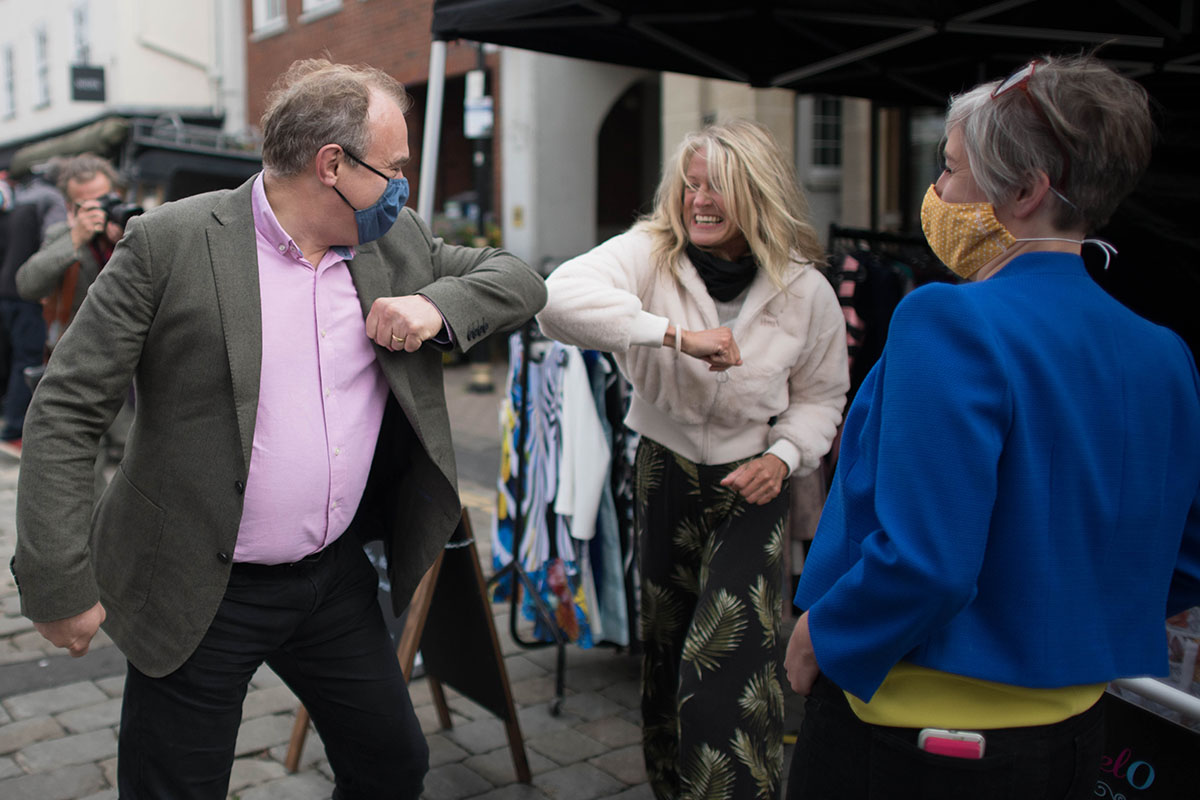
For anyone who bought low on the elbow bump years ago, 2020 was a big year for you. The elbow bump, that awkward jig where you clink forearms with a receiver — usually accompanied by a nervous “What a weird time this is!” and a faux-giggle — was firmly wrapped into the hygiene theater of pandemic-era etiquette. If you watched any of the stilted monoculture events of the last year (namely, awards shows and political speeches), you likely saw anyone from President Biden to Dua Lipa toss around a few elbow bumps.
And it likely looked pretty weird. According to Dr. Mubashar Rehman, a medical author at HealthCreeds who has published 30 articles with leading journals like Elsevier and Nature Publishing, there’s a reason that other gestures — such as the elbow bump, the fist bump, namaste or that tiny half-wave thing — feel unsatisfactory. “From an anthropological point of view, we’ve never bought the idea of forgetting the handshake. Extensive paleoanthropologist research reveals that some gestures and forms of communication are in fact embedded in our DNA. Newly contacted tribes around the world and in different eras have shown researchers that handshakes are commonly understood, as some kind of universal non-verbal language.”
The handshake goes way back. Research suggests the practice was common in pre-history to keep the peace, as a strategic method to confirm a counterpart wasn’t armed. The “shake” would reveal any concealed daggers. At times during antiquity, it was also deployed similarly to how a boardroom might use it today, in order to cement an oath or agreement. Handshakes appear in Homer, sacred Muslim texts and Etruscan burial art. For centuries they were implicitly recognized, if not yet ubiquitous. The gesture didn’t officially “go viral” until the 17th century, when the English Quakers standardized the concept and made damn certain people would always shake with their right hand. (Left-handedness was considered a scourge for much of human history, mainly because left-handed people were seen as pariahs. Before the Latin word “sinistra” meant evil or unlucky, giving us the English word “sinister,” it meant “left.”)
Even with that extensive cultural resume, handshakes haven’t always been the only name in town. That’s especially true when considering handshakes as a greeting. In the greetings department, taking a global view, there have long also been bows, hugs, high-fives, air kisses and even nose bumps. But it’s clear that handshakes were once a practical prerequisite for social success in a country like the United States. If you had taken a job interview two years ago and not initiated or returned a single handshake with your hiring manager, it’s hard to imagine that not being jotted down as a slight.
Of course, most job interviews over the past year have happened online. Most everything has happened online, or at a safe distance. It’s impossible to tell for sure what society wants, or will choose to do, until offices and events are firing on all cylinders again. We do have some clues, though. Look first and foremost to professional sports leagues, which offer a useful, if video game-esque depiction of a post-pandemic future. Pro athletes have received preferential treatment as a function of their jobs: daily testing, travel to locked-down nations, priority access to vaccinations. It’s been a massive risk all the while (and a cash grab by floundering owners and league executives), but it’s also given the public a glimpse at that fabled “normal life” we’re all hoping to return to.
And that future appears to include handshakes. Ballplayers are arguably an imperfect sample size, considering they’re all addicted to dapping each other up, but it’s telling that they’ve felt comfortable enough since play restarted to shake hands on live television while entire quarantining fanbases watch from home. This suggests that the action isn’t accompanied by much thought at all. It’s just rote, a return to what feels correct in a specific, subconsciously memorized situation. In basketball, it might mean encouragement after a missed free throw. In baseball, it might mean celebration after a game-tying home run. In tennis, it might mean a sign of congratulations and respect after a hard-fought match.
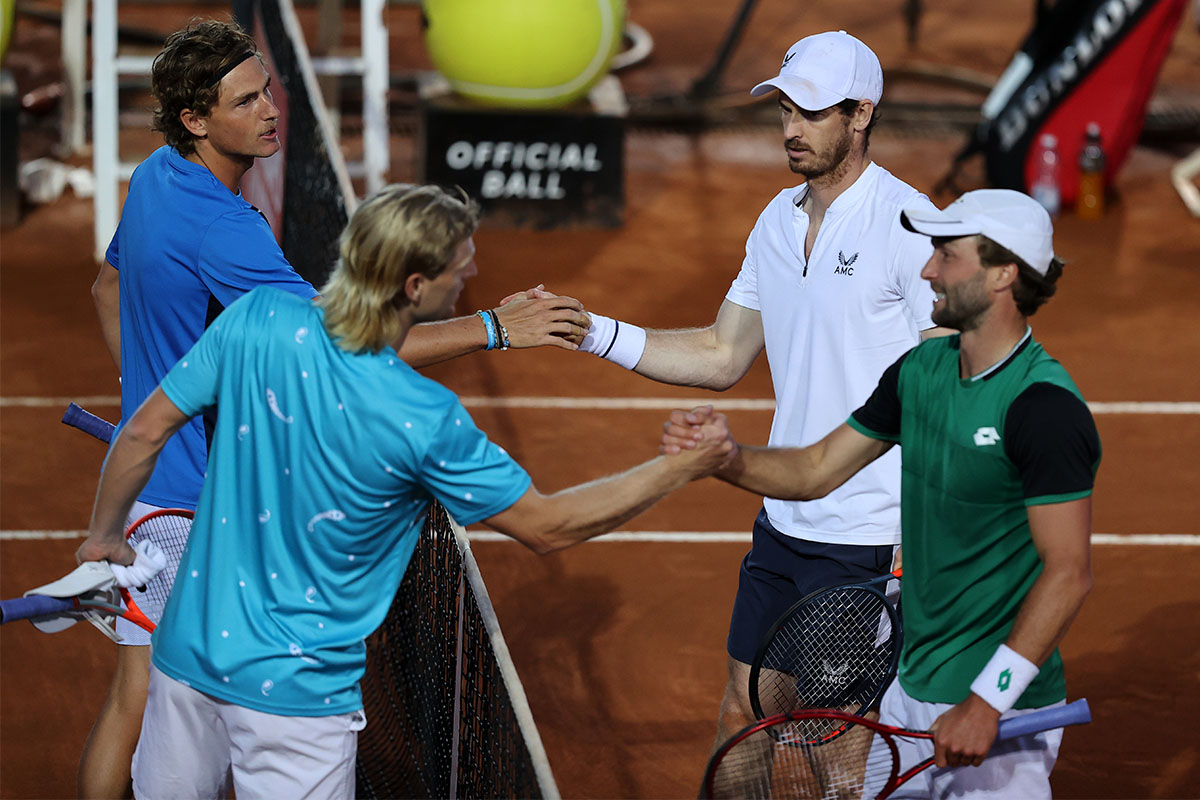
Jodie RR Smith, a nationally recognized etiquette consultant, is unsurprised to see handshakes make such a public comeback. For starters, she points out, elbow bumps aren’t that much safer than handshakes as far as the transmission of coronavirus air droplets is concerned. “The forearm bump is not a good replacement for a handshake in a time when social distancing is necessary. For forearms to meet, people need to be closer together than for a standard handshake, not a great alternative when breathing farther apart is necessary.” But in general, Smith is confident that handshakes will return amongst the masses: “For the United States and Western Europe, the cultural traditions of handshaking will be hard to eliminate. The handshake will return as the pandemic abates.”
Back in 2009, after the H1N1 epidemic, medical professionals suggested phasing out the handshake. They led by example, cordoning off “handshake-free zones,” or only greeting patients with fist bumps. From that epidemic to this pandemic, there were certain nurses and doctors who kept up the revised ritual. They know better than anyone how filthy the human hand can be. It typically carries 3,200 bacteria from 150 species (including fecal bacteria, I’m sorry). In a 2014 experiment, a biologist named Dr. David Whitworth conducted an experiment that proved a handshake “transfers almost twice as many bacteria as a high five.” Those results likely apply to viruses, too, like the flu, the common cold, or coronavirus. For a non-pandemic age, Dr. Whitworth concluded, fist bumps were far and away the safest choice.
Handshake apologists will point out that in a rapidly reopening world, we’re already starting to share the same surfaces again. Elevator buttons, metro rails, bathroom door handles, dumbbells, you name it — we’re back and spreading. Why should we fret about a handshake, especially if it fills some primordial urge for physical human contact and social acceptance? It’s a good question. But think about it this way: if you must have your handshakes, you have to earn them. One of the biggest reasons doctors disdain them so much (the chief of pediatric cardiology at UCLA Mattel Children’s Hospital told Elemental “they’re just such a terrible idea”) is that “only 5% of people wash their hands with soap long enough to get rid of germs.” Think about where you get your handshakes in — it isn’t around the house. It’s the workplace. The bar. Places with public restrooms.
If we as a society can’t seem to shake handshakes, then we have to collectively commit to making them a little less disgusting. This is where some of the COVID-era framework we all learned comes in handy. Constant hand washing (especially in public), hand sanitizer and not touching your face every six seconds are all essential. And if you’re sick, just stay home. The WFH era has guaranteed that will never be a problem again. The last thing you should do is head into the office and spread whatever you’re battling via handshake to some visiting member of another company.
We tend to look at the behavior we learned during peak pandemic in absolute terms: Should I keep doing this? Or should I drop it forever? But the reality, as always, is far murkier. Some things, like the handshake, will stay. It’s been around since the freaking fall of Rome. Never underestimate the stubbornness of human beings. But we’re capable of adaptation, and just as we recognize that the gesture’s probably not going anywhere, we can also work to maintain some of the best practices we learned when the virus was at its worst. In the future, a good handshake shouldn’t just be firm. It should be a clean one, too.
Whether you’re looking to get into shape, or just get out of a funk, The Charge has got you covered. Sign up for our new wellness newsletter today.
